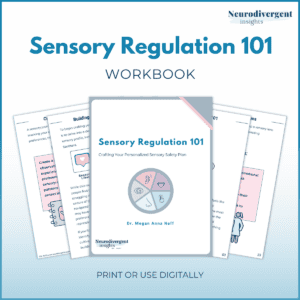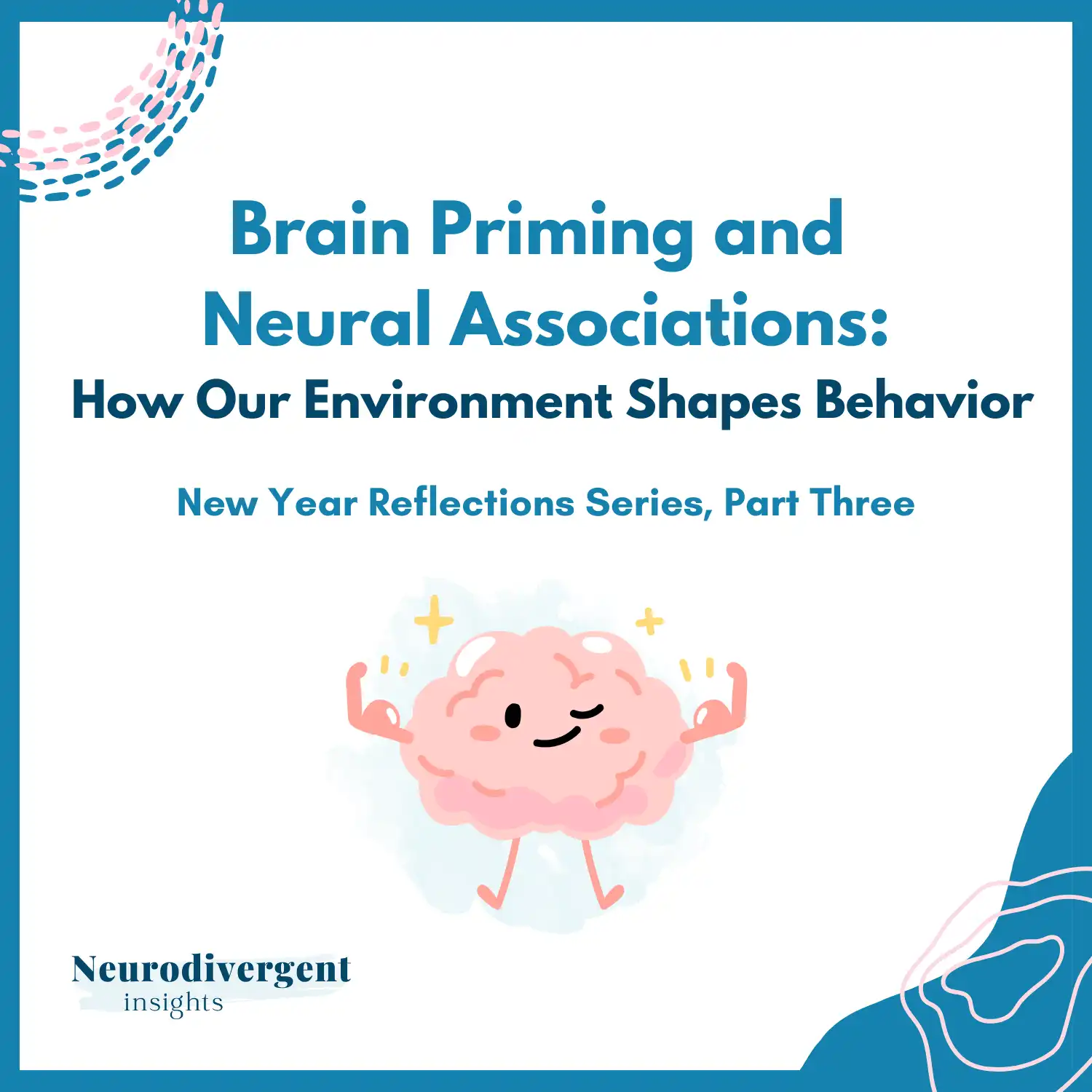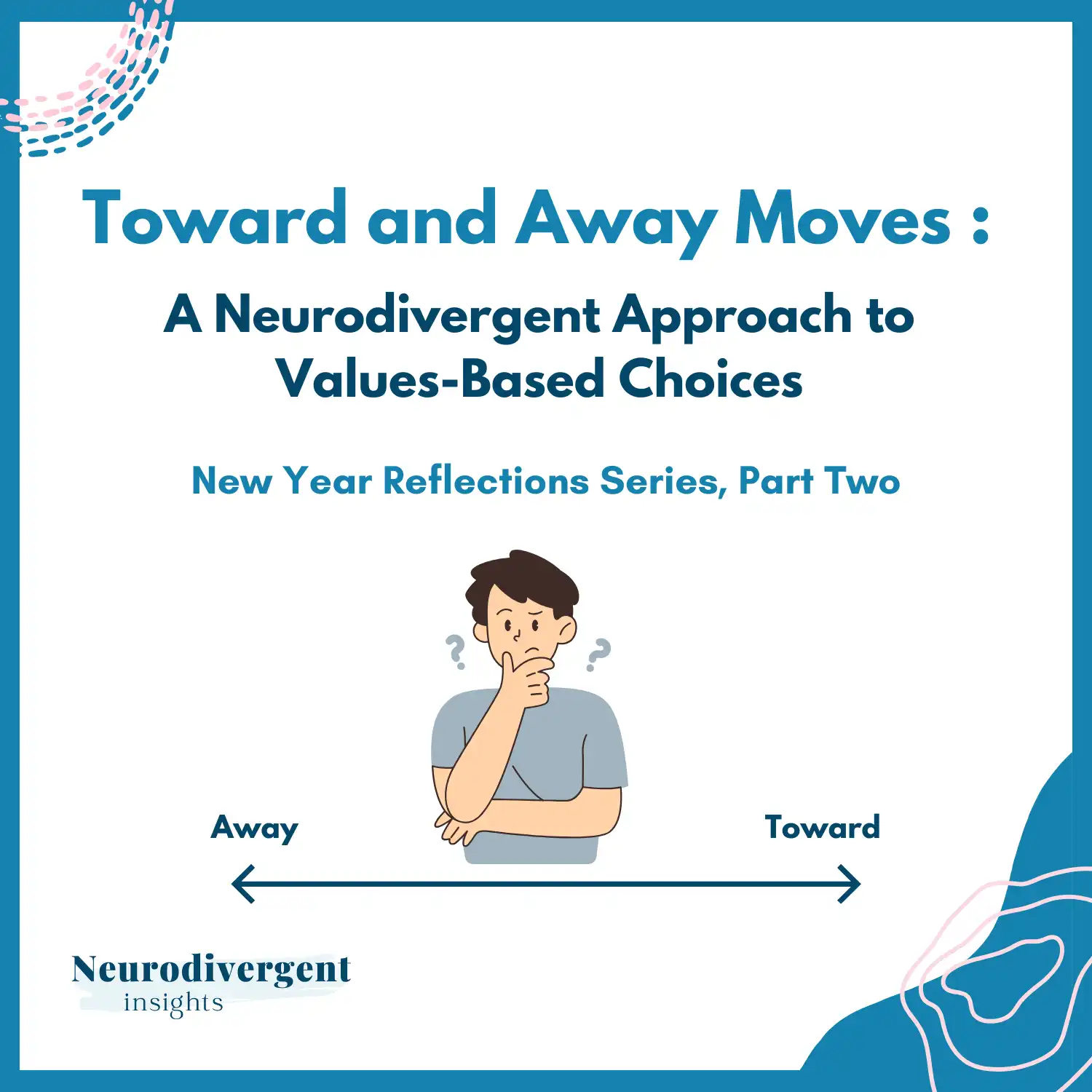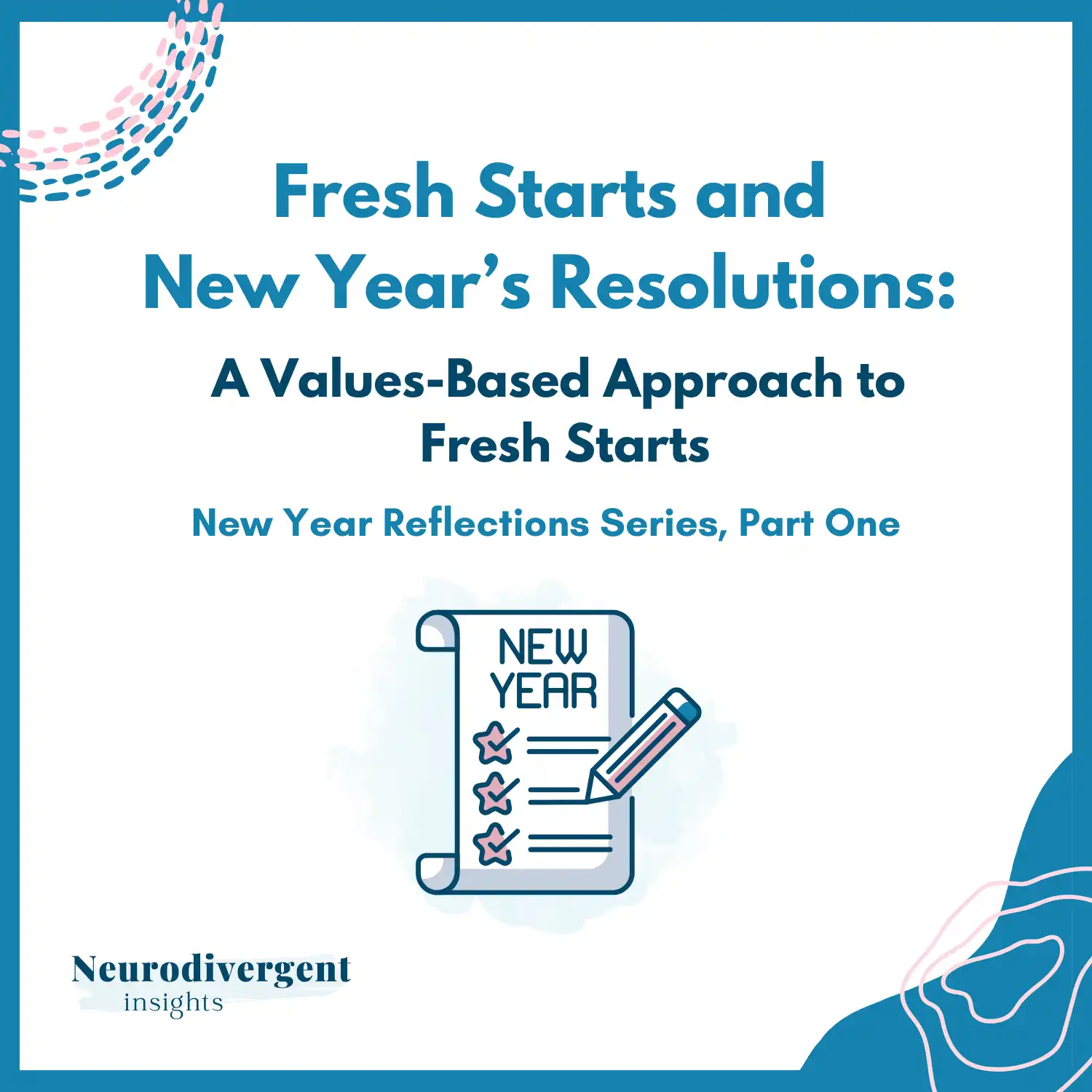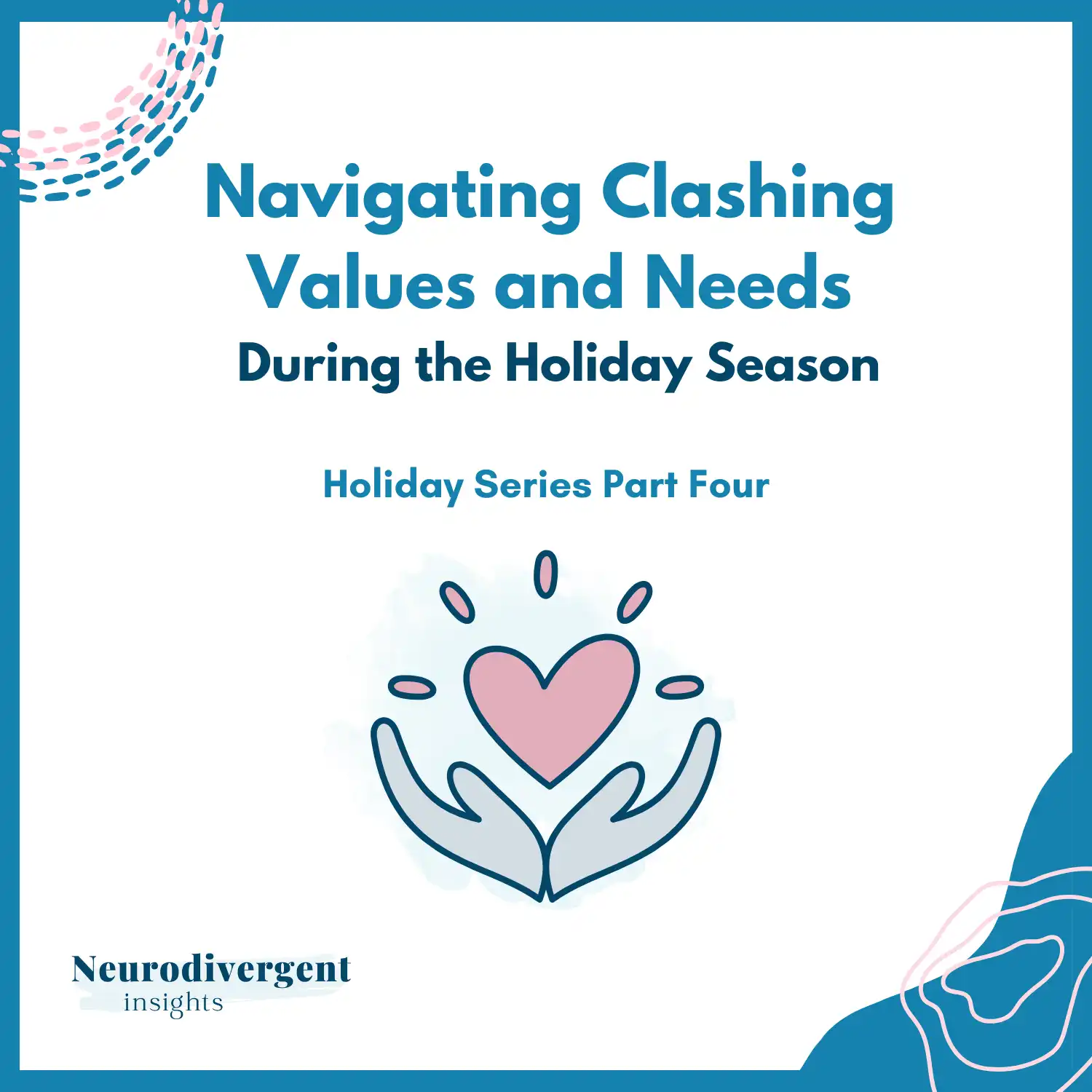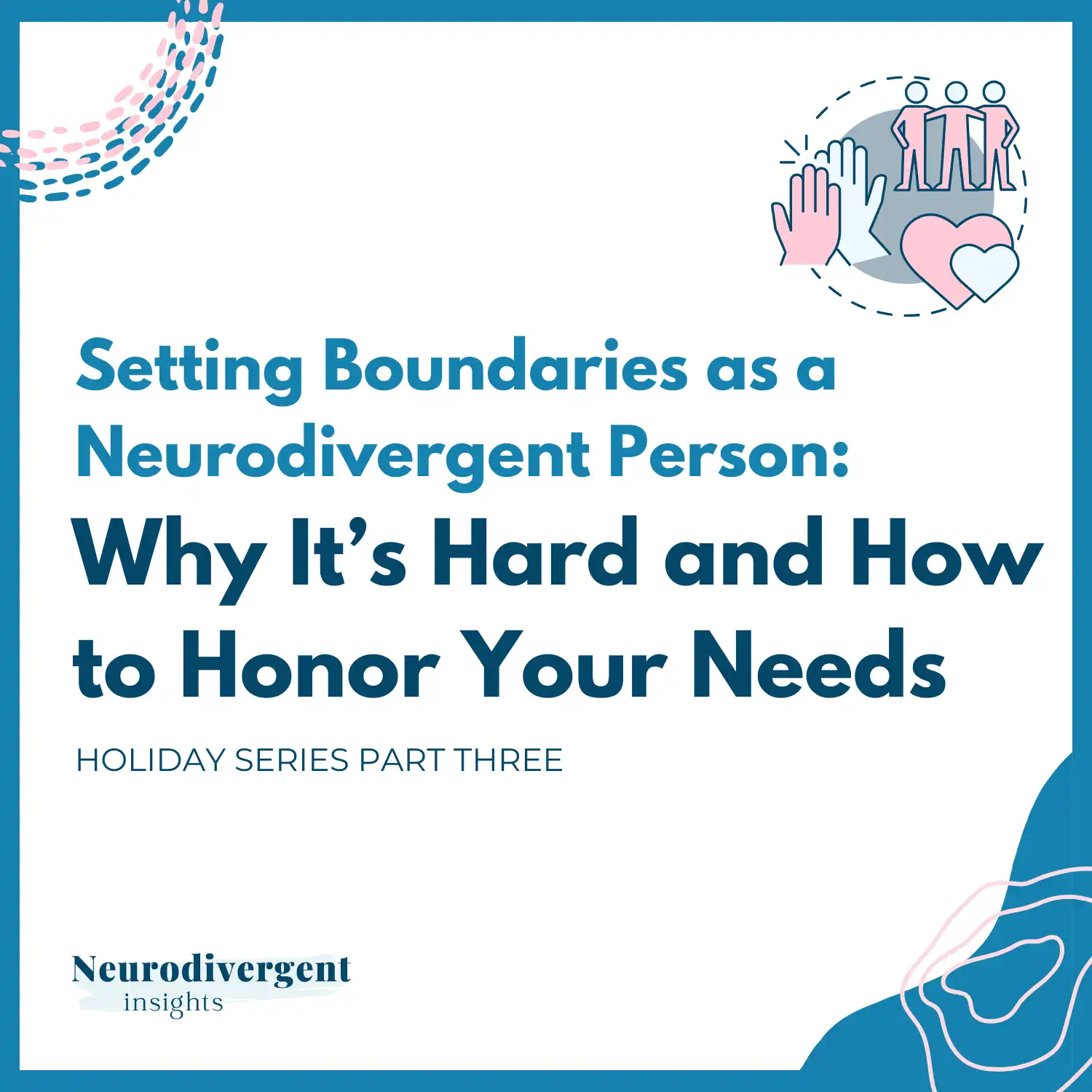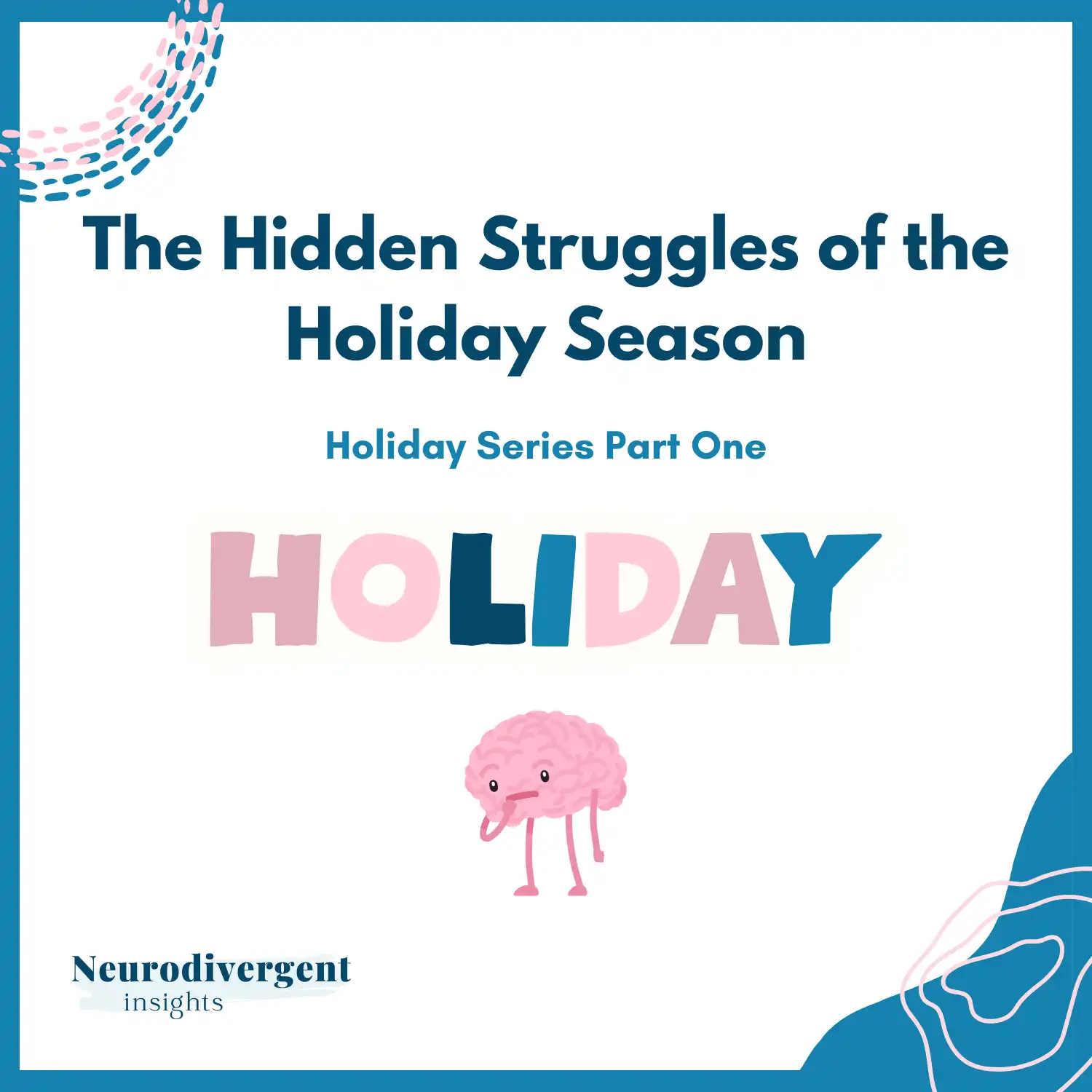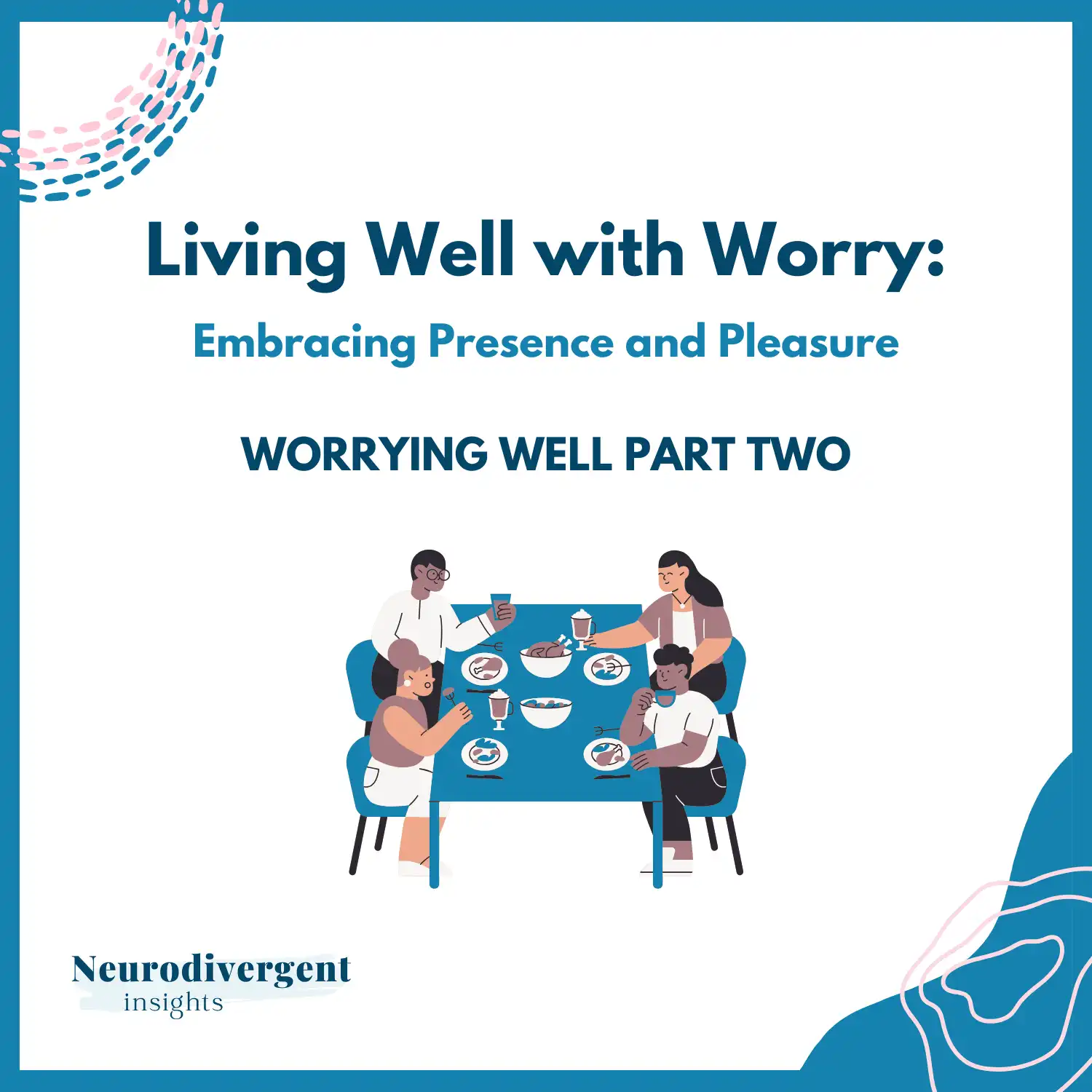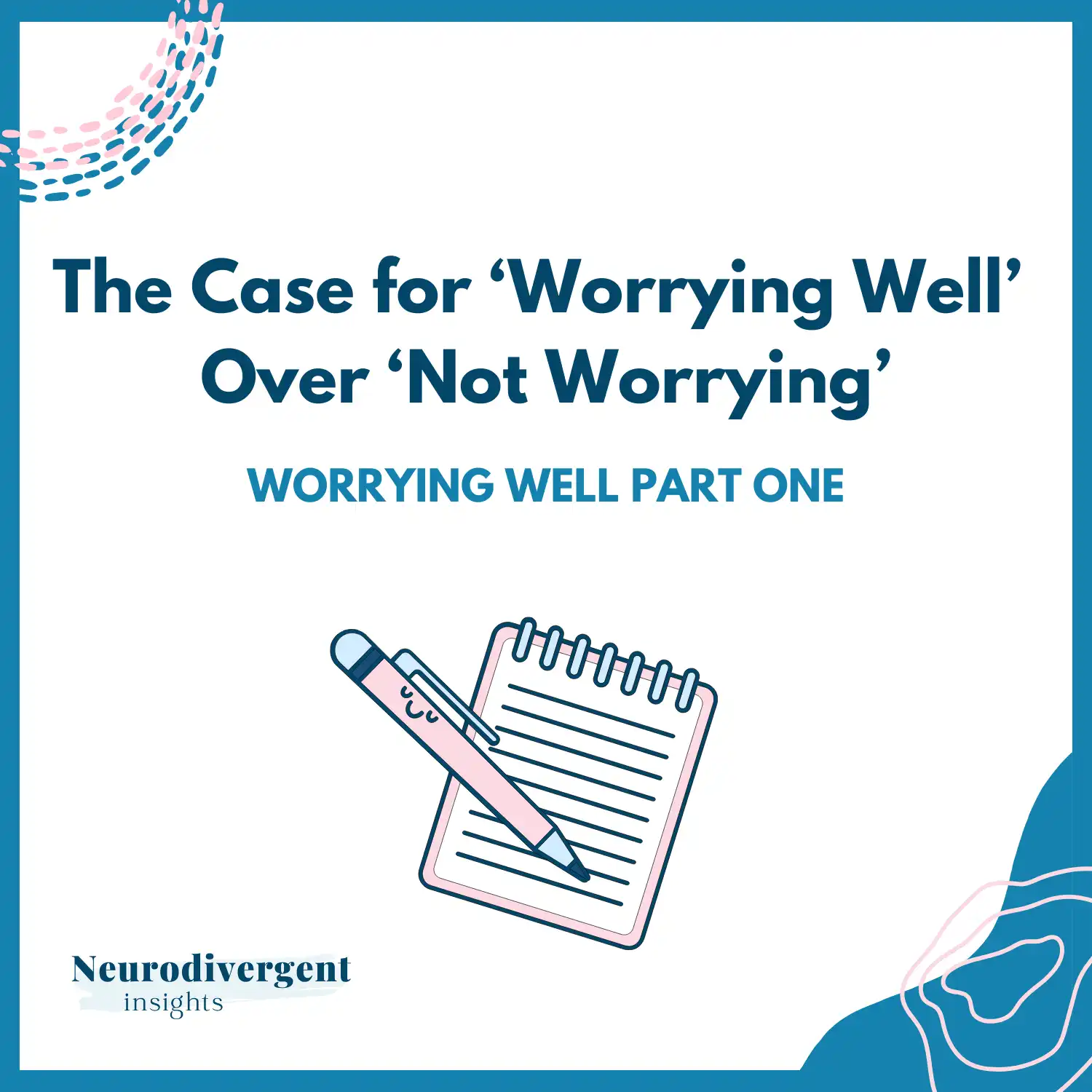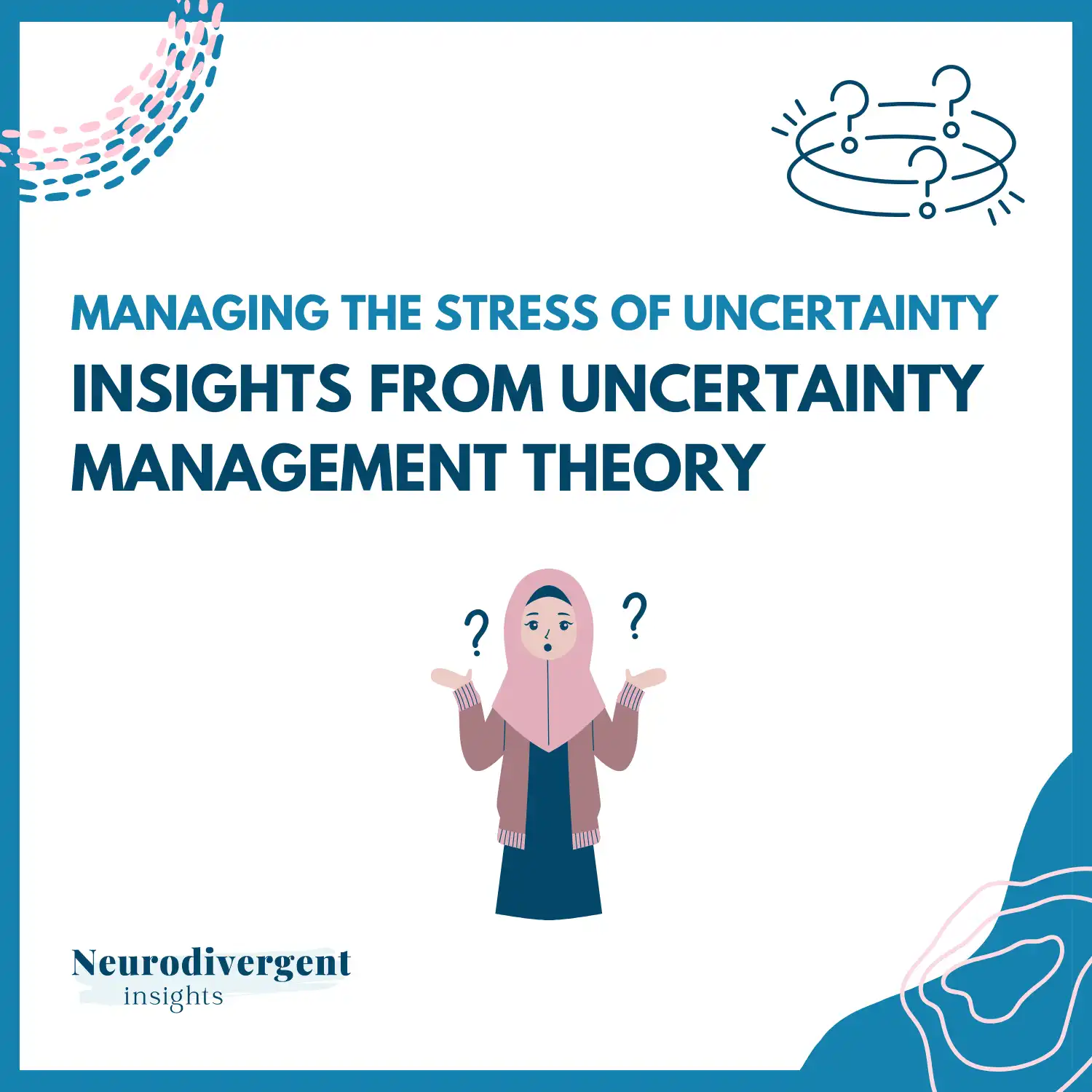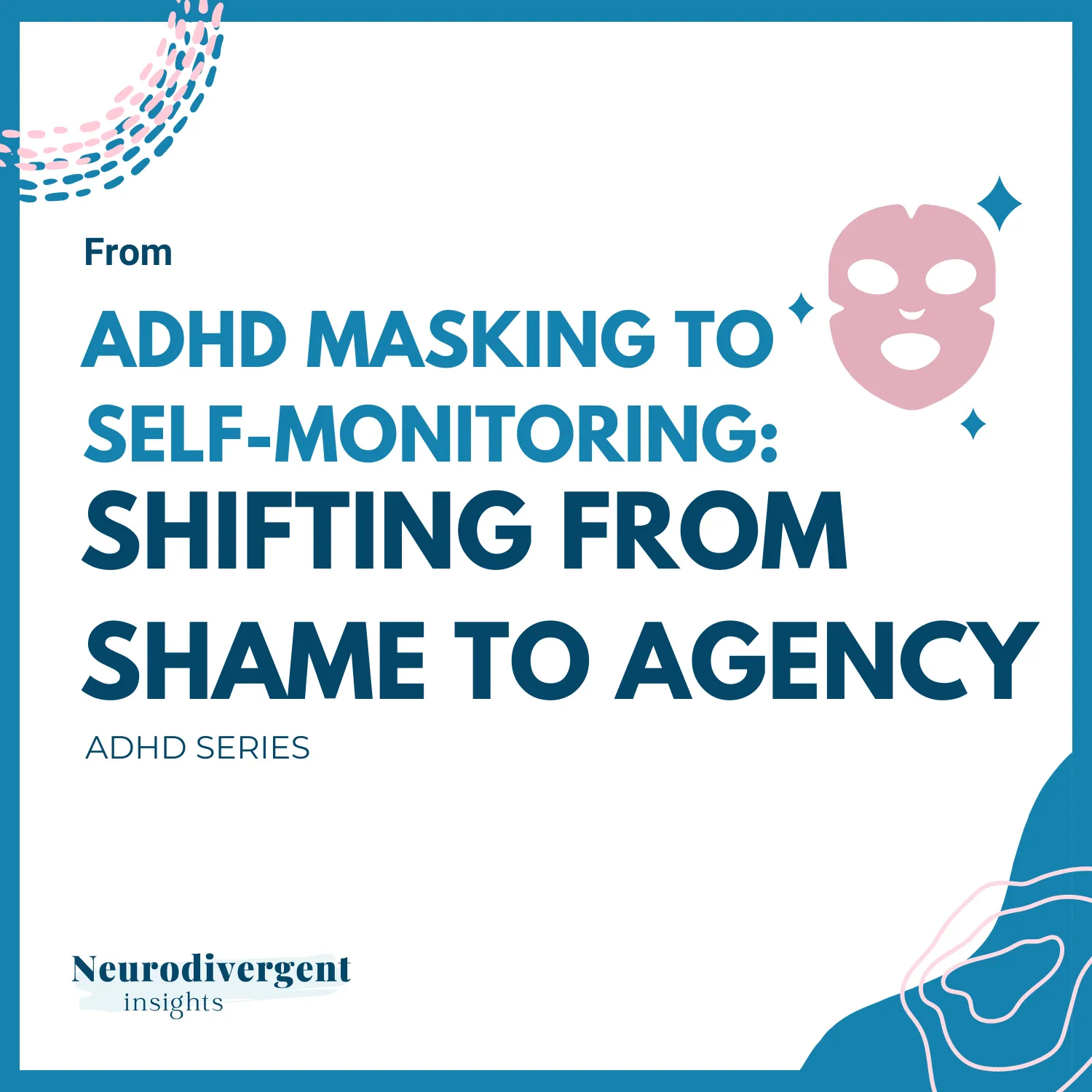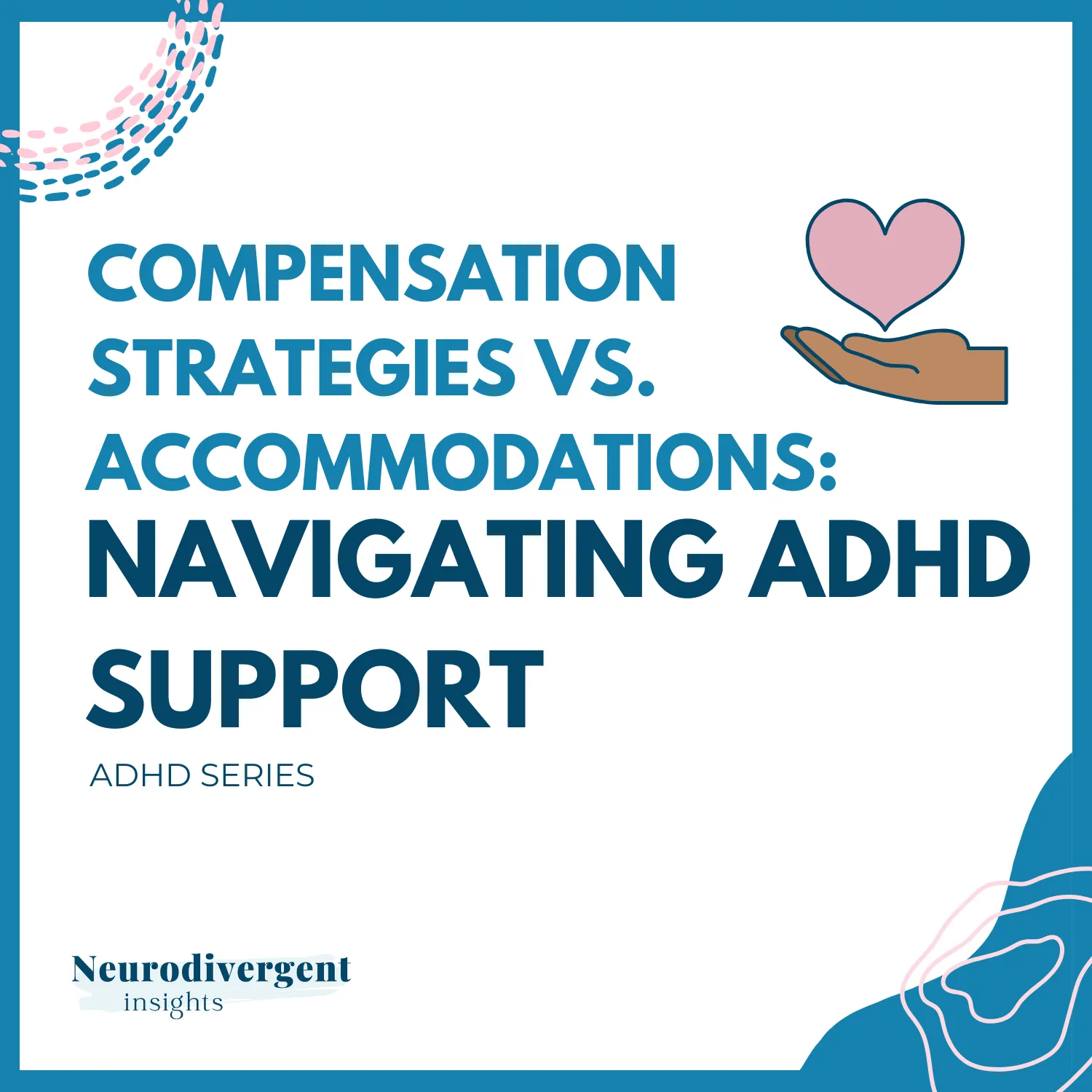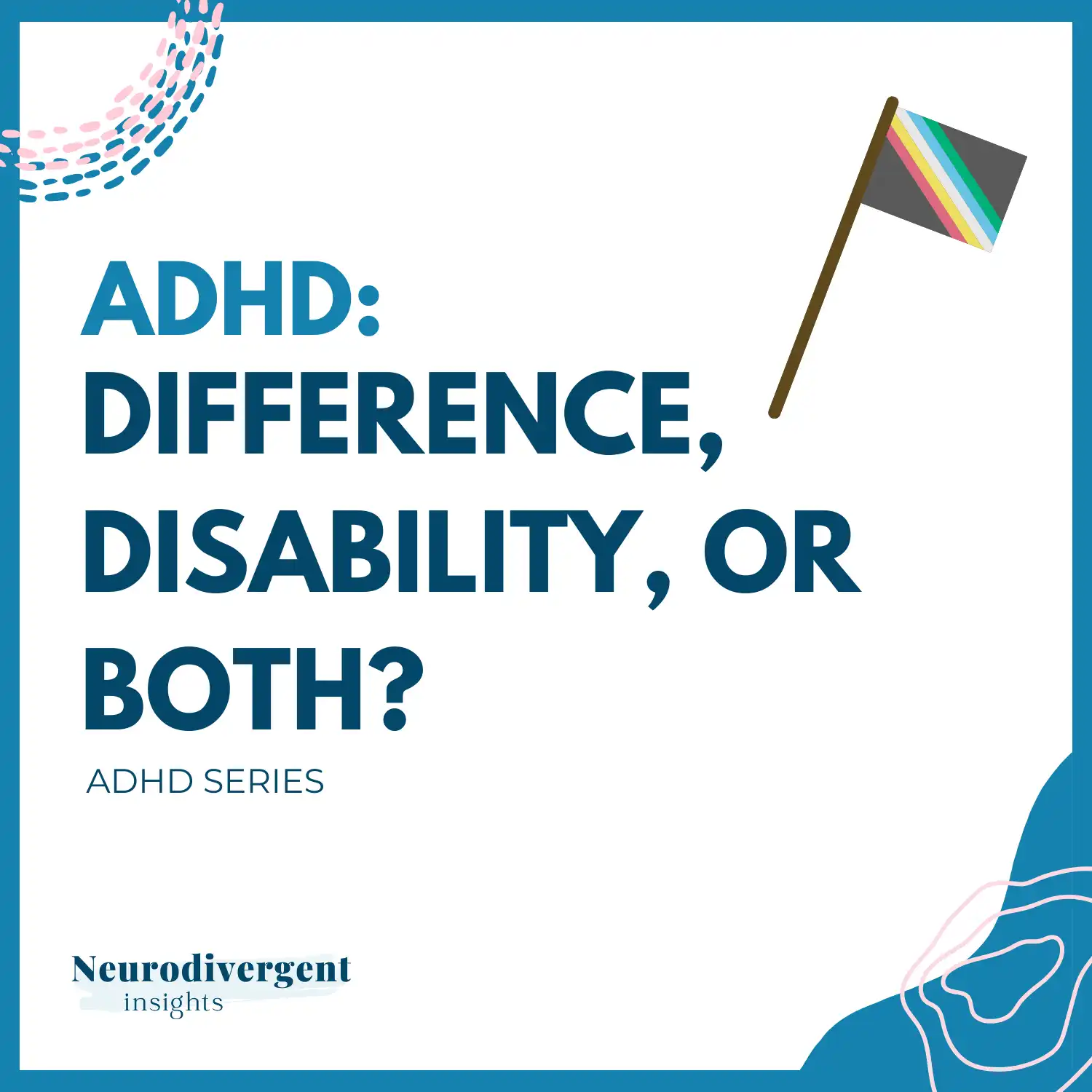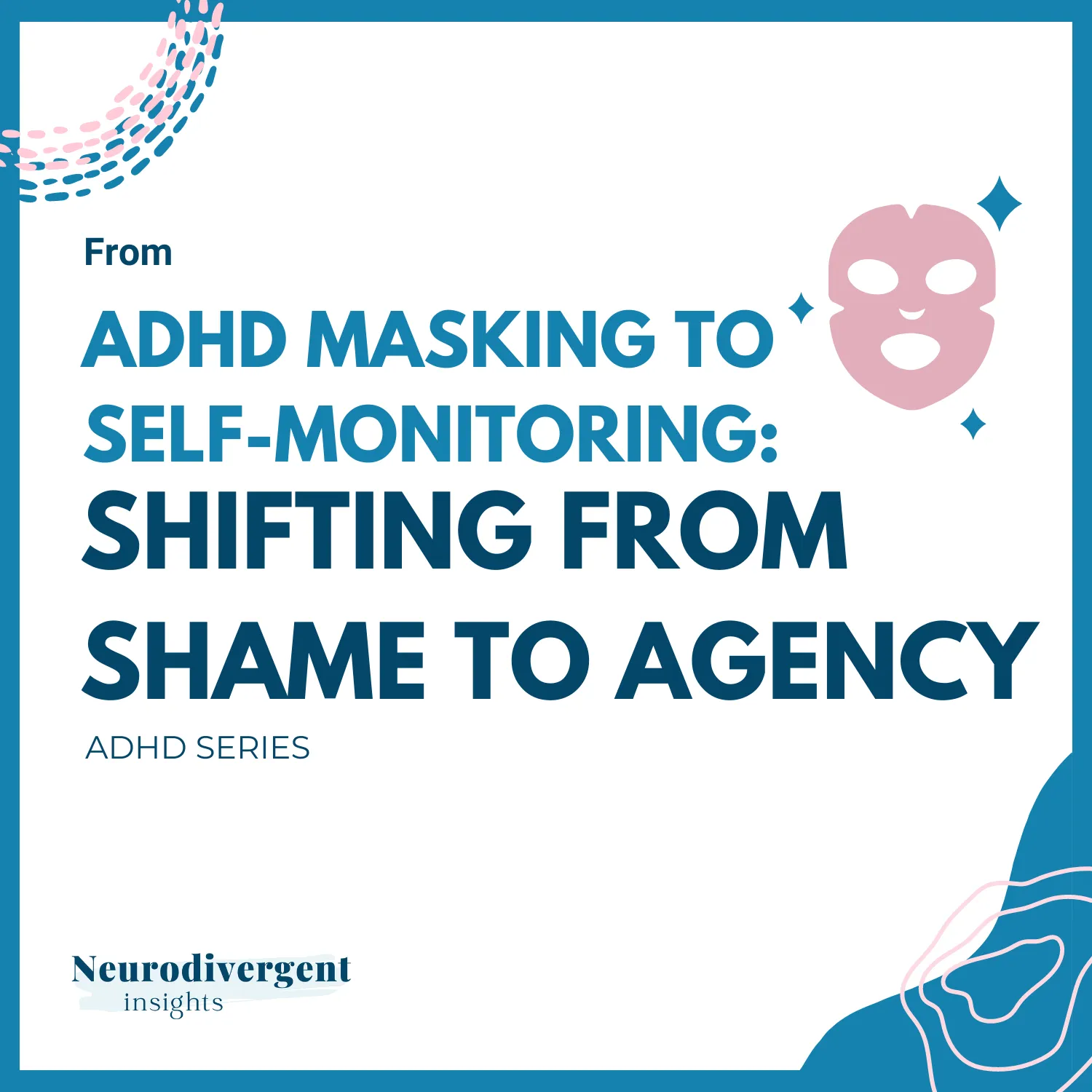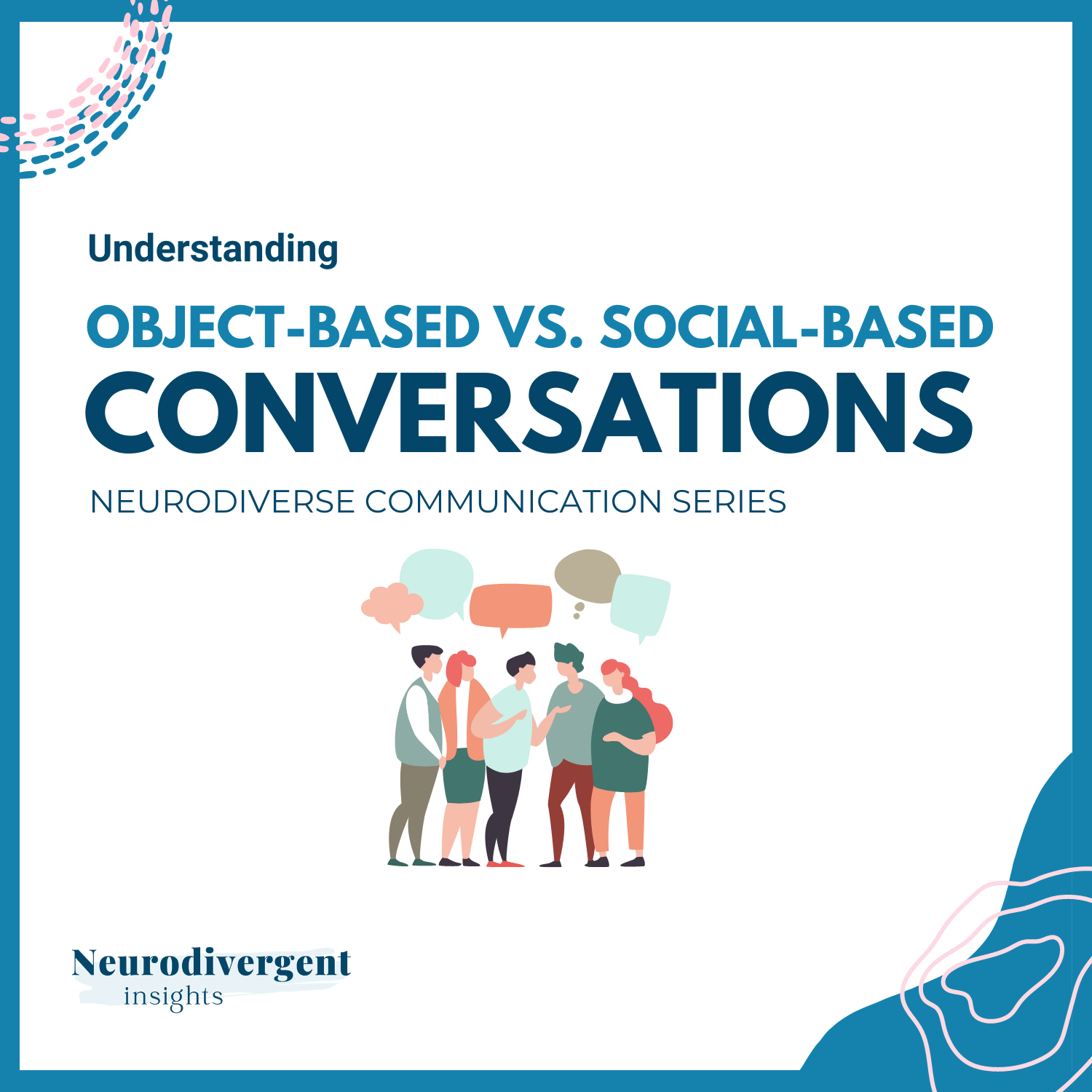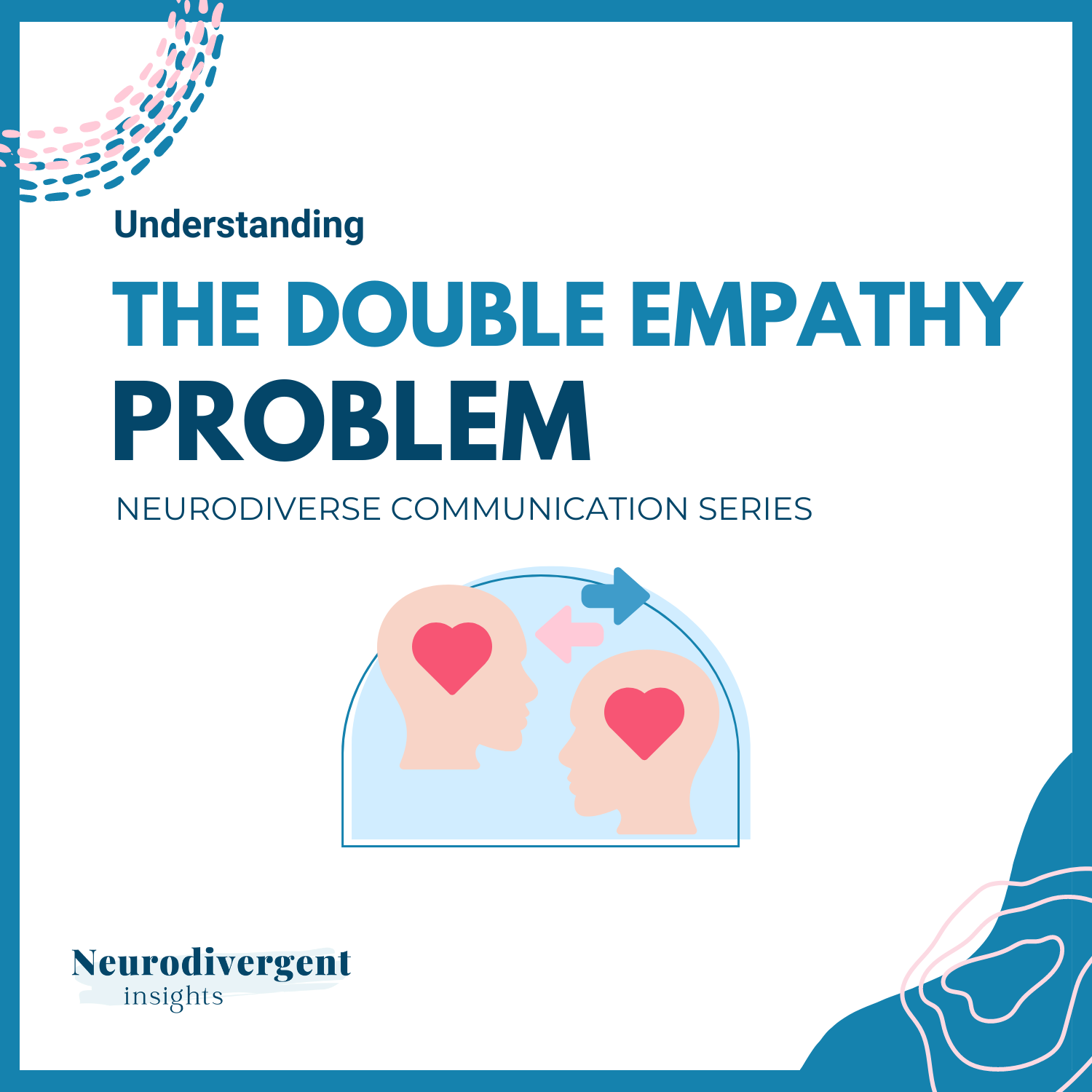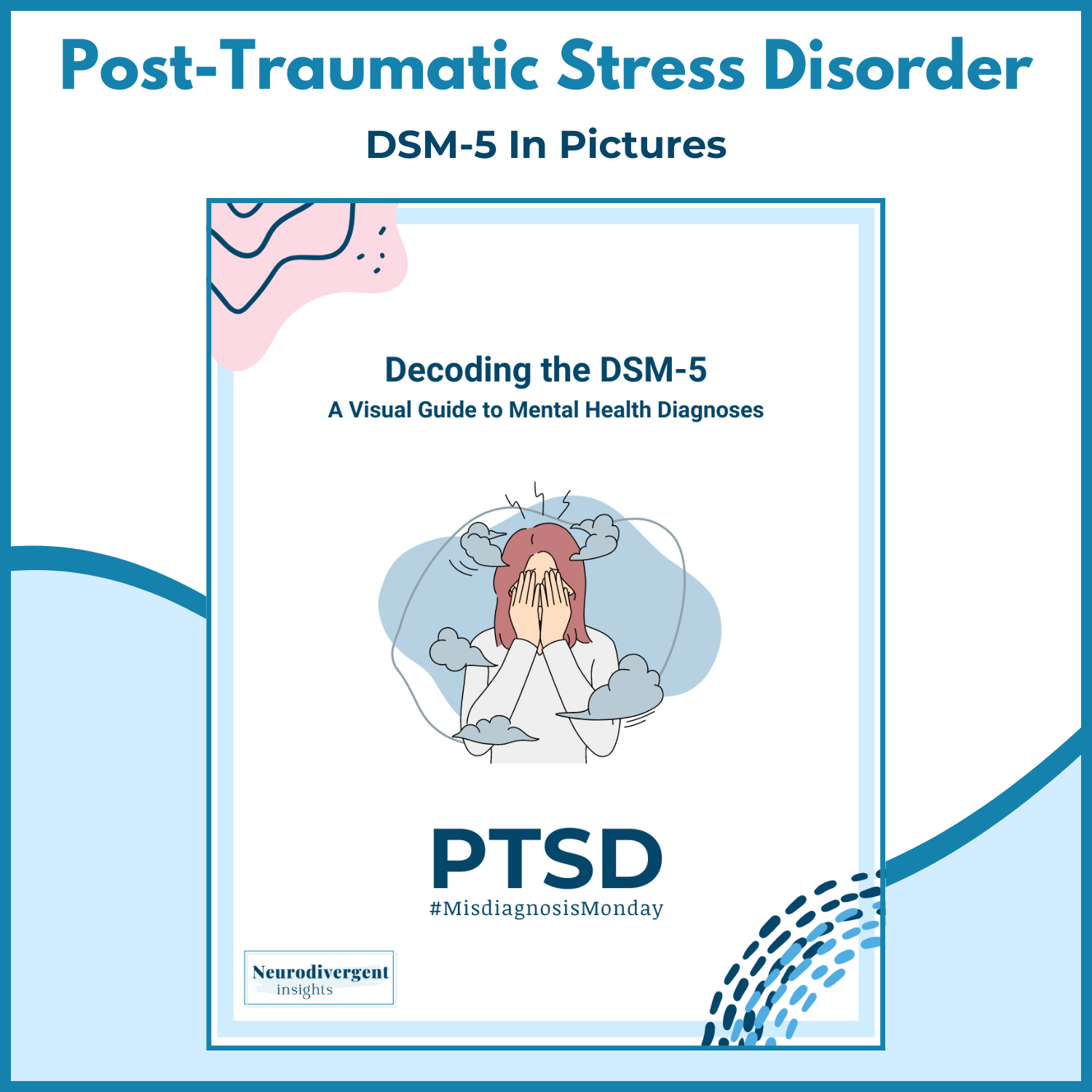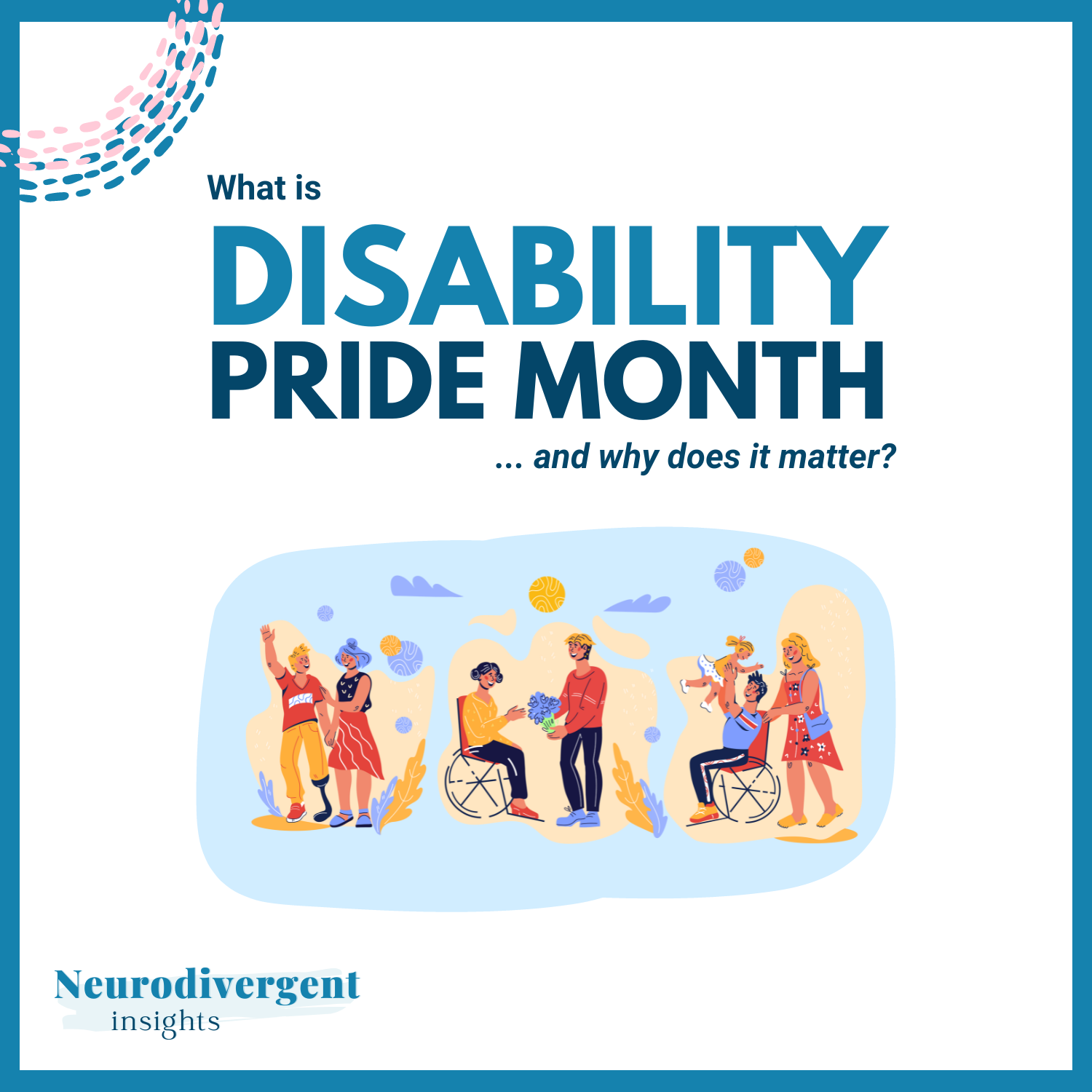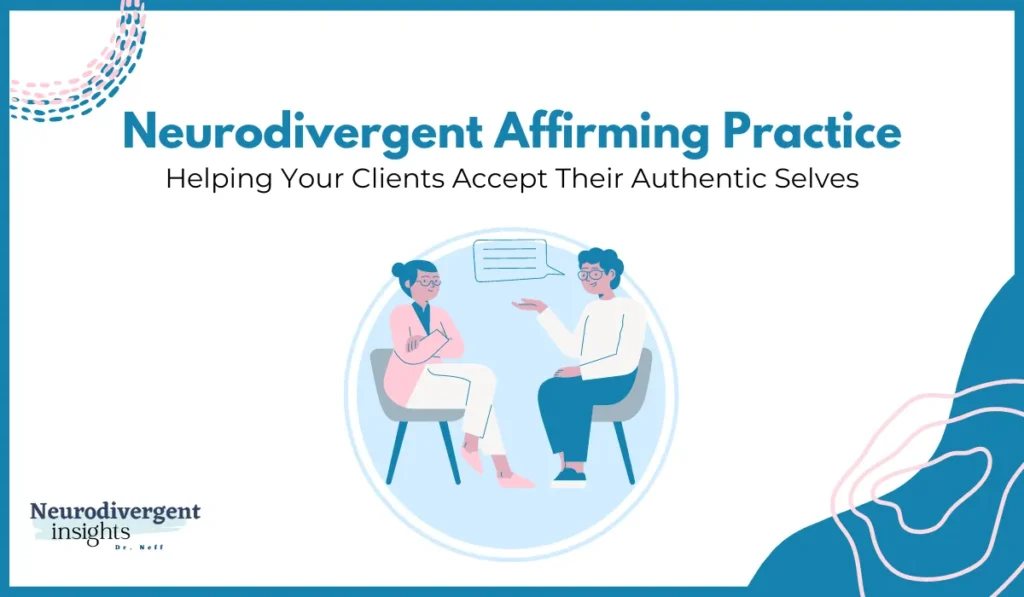
If you’re a therapist, you have perhaps heard the term “neurodivergent-affirming” or are acquainted with the concept of “neurodiversity,” which acknowledges neurological conditions as natural variations of brain style. Many of you may already be striving to apply neurodivergent-affirming practices into your work with clients, recognizing their importance not just for the well-being of neurodivergent individuals, but as a cornerstone of effective therapeutic engagement. Through my consultations with therapists eager to enhance their clinical work with neuro-affirmative approaches, a common question emerges: “But what does it actually look like in practice?”
If you’re wondering about the practical application of working with neurodivergent clients and what it means for your day-to-day practice, then you’ve come to the right place! Today’s article will break down these practices, covering everything from creating an inclusive environment to adopting communication techniques that respect neurodivergent ways of processing information. So, let’s dive into what neurodivergent-affirming clinical work looks like in action, and how you can implement these approaches to make a meaningful difference in your therapeutic practice.
Jump to ....
What is Neurodivergent Affirming Care
The basis of neurodivergent-affirming care comes from the neurodiversity paradigm. The idea behind the neurodiversity paradigm is that neurodivergent conditions like ADHD, Autism, Dyslexia, and others are normal variations in the human condition. These variations help our species survive because sometimes the environment needs a neurotypical brain and sometimes it needs an ADHD or Autistic brain to survive optimally. With this type of diversity, humans are more likely to thrive in all environments.
This is a change from the medical model which sees anything that varies from the norm as medical pathology that needs to be cured or changed. The neurodiversity paradigm is an identity model that views neurodivergent conditions as an integral part of a person that is not going to be cured or changed. We’ve learned that when you try to cure neurodivergence you hurt the person’s mental health and self-identity.
Definition of Neurodivergent-Affirming Care
Neurodivergent-affirming care is a therapeutic approach that creates an environment and treatment plan rooted in a deep understanding of neurodivergence. It emphasizes supporting individuals through their challenges and making accommodations for their needs. This approach views neurodivergence not as a flaw that needs correction but as a distinct neurotype or brain style that is an integral part of an individual’s identity. The goal is to empower neurodivergent individuals to recognize and leverage their strengths, navigate their challenges, and make adjustments tailored to their personal requirements.
More than merely offering support, neurodivergent-affirming care actively acknowledges the specific hurdles, barriers, and necessities faced by neurodivergent people. Therapeutic strategies are customized to meet an individual’s unique circumstances, focusing not on altering the inherent neurodivergence but on addressing any difficulties arising from it.
Historically, therapeutic efforts were directed towards making neurodivergent individuals conform to neurotypical standards—a practice that proved to be emotionally detrimental. In contrast, the modern approach of neurodivergent-affirming care focuses on providing supports, accommodations, and skill developments that empower neurodivergent individuals to thrive authentically as themselves.
Creating a Neurodivergent Affirming Therapeutic Space
As neurodivergent individuals often navigate more sensitive and less flexible nervous systems, alongside sensory sensitivities and executive functioning challenges, it’s crucial to create a therapeutic space that accommodates these needs. Here’s a few practices to consider:
Ease of Scheduling and Accessing Appointments: Recognizing the challenges neurodivergent individuals may face in scheduling and attending appointments, it’s helpful to offer multiple options. Online scheduling, a variety of time slots, and reminders for appointments can reduce some of these barriers. Including video conferencing and phone consultations as alternatives to in-person meetings can also reduce challenges to receiving care.
Intake Forms Tailored to Neurodivergent Needs: We often have a complicated history and many of us communicate better in writing, so it’s important to provide ample space in the intake forms where the person can provide context. Additionally, many Autistic individuals communicate more easily through writing and may provide extensive context to be understood. Ensure that you have ample time to review intake forms prior to meeting. This practice not only aids in gathering essential information but also signals to clients that their experiences and perspectives are valued. For clients with dyslexia, offering forms in dyslexia-friendly fonts or suggesting alternative methods for completing intake can ensure the process is accessible and inclusive.
Visual Cues and Clear Expectations: Entering unfamiliar environments often heightens anxiety, a barrier that can be significantly lowered with the right preparatory cues. Consider including photos of the office space on your practice’s website so that clients can gain a comforting glimpse into where their sessions will occur.
Complementing these visuals with information on what to expect—from the initial consultation to the structure of subsequent sessions—further clarifies and demystifies the therapeutic process. This approach not only reduces the initial barriers to therapy but also helps clients feel prepared and less anxious about starting their therapeutic journey.
Signals of Acceptance: Visible cues that embrace neurodivergent-affirming practices, such as the use of the infinity symbol, identity-first language, and inclusive terminology are vital in creating a welcoming environment. These signals convey a message of safety and acceptance, letting individuals know they are entering a space that truly respects and values neurodivergent identities.
It is essential, however, to ensure that these symbols are a reflection of genuine commitment and understanding, rather than superficial gestures. Embracing these symbols means also embodying their values through your actions and the environment you create, whether in your office or on your website. Avoid the pitfalls of mere virtue-signaling by ensuring your practices align with the affirming messages these symbols represent.
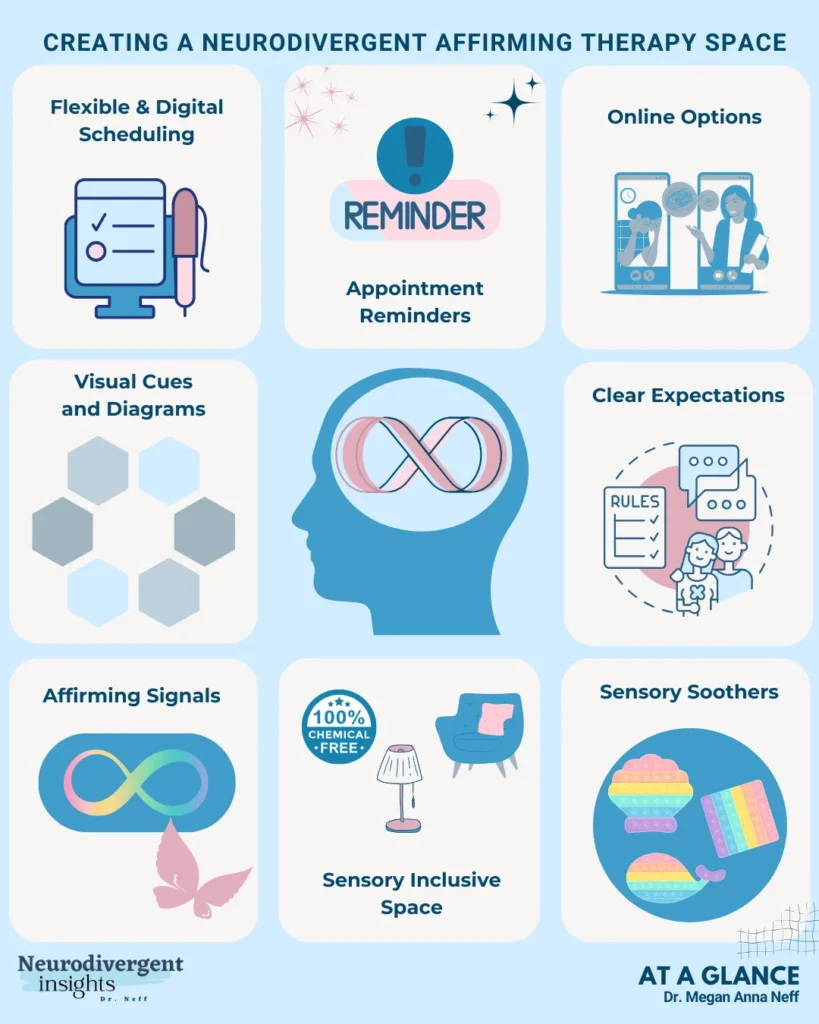
Freedom to Be Oneself: Openly discuss and affirm the client’s freedom to move as needed and acknowledge that neurodivergent traits, such as variations in eye contact, are wholly accepted. Emphasizing the client’s comfort and self-regulation as a priority encourages unmasked, authentic expression in therapy. This explicit permission helps clients focus on healing rather than masking, fostering deeper vulnerability and connection.
Sensory Soothers: Consider having a small basket of sensory soothers visible; this might include fidgets, grounding elements like smooth rocks or incense, or even a weighted lap pad or weighted stuffie. Having these sensory supports visible acknowledges your appreciation for the importance of sensory regulation and supports unmasking.
Creating a Sensory-Friendly Environment: Adjusting the physical or virtual space to address sensory sensitivities is a cornerstone of neurodivergent-affirming care. This might include controlling for noise, and lighting in addition to providing access to sensory soothers like weighted blankets or fidget tools.
Because you recognize the broad range of sensory preferences, it’s helpful to have environments that are adaptable—incorporating features like dimmable lights and adjustable settings to cater to individual needs. Moreover, by establishing a sensory-safe environment, therapists model the significance of sensory regulation. This is critical since emotional regulation is deeply connected to sensory processing. By embodying awareness of sensory safety, therapists can guide clients towards recognizing and fulfilling their own sensory needs.
By incorporating these changes and continuously seeking to understand and accommodate the needs of neurodivergent clients, therapists create an affirming therapeutic space that fosters growth, understanding, and healing.
What are Neurodivergent Affirming Practices?
Now that you know what neurodivergent-affirming care looks like in the therapeutic environment, let’s talk about what it looks like in the practice of therapy. There are three parts to neurodivergent-affirming therapeutic practices I want to highlight:
The first are the beliefs and mindset that the practitioner holds when they are working with a client. These beliefs are about what neurodiversity is and what being neurodivergent means.
The second part of neurodivergent-affirming practice is how it is different from therapy for neurotypicals.
Third, there are also multiple areas that neurodivergent folks are likely to find particularly challenging. It is important for a therapist working with this population to consider these challenges when developing their treatment plan.
Beliefs and Mindsets Underlying Neurodivergent-Affirming Care
Neurodivergent-affirming care is rooted in specific beliefs and mindsets that are essential for truly supportive therapeutic practices. At the core of this approach is the understanding that neurodivergence represents a normal and valid aspect of human diversity.
Neurodivergence as Valid Diversity: Central to neurodivergent-affirming therapy is the belief that neurodivergent ways of being are a natural human variation. This perspective challenges the notion that neurodivergence is a pathology or a deficit needing correction.
Acknowledging Neuro-minority Stress: Neurodivergent individuals often navigate life as part of a neuro-minority, facing unique barriers and stressors in environments designed for neurotypical norms. Recognizing the invisible burdens of neuro-minority stress and the invalidation experienced in attempting to navigate traditional systems is critical for empathetic and effective care.
Confronting Ableism and Beliefs about “Typical” Emotional Expression: A crucial aspect of affirming care involves addressing and challenging one’s own ableism, especially assumptions about communication and emotional expression. For example, understanding that neurodivergent individuals, particularly those who are Autistic, may express distress, including severe depression or suicidal thoughts, differently than neurotypicals, is vital for appropriate support and intervention.
Openness to Self-Diagnosis: Affirming the validity of self-diagnosis is another foundational belief. Given the cost and accessibility barriers to obtaining a clinical diagnosis, many neurodivergent individuals arrive at self-identification through extensive research and personal reflection. Openness to self-diagnosis respects the individual’s understanding of their neurodivergence and avoids invalidating their experiences.*
Becoming a neurodivergent-affirming practitioner is not merely a label; it’s an ongoing process of reflection and growth. It requires continuous learning and unlearning, challenging internalized ableism, and adapting practices to meet the needs of neurodivergent clients.
The Practice of Neurodivergent Affirming Therapy
Neurodivergent-affirming therapy varies widely in its approach, depending on the client, and the therapeutic frame of the clinician. Here are some of the practices that may be incorporated into neurodivergent-affirming therapy:
Incorporating Interests and Passions: Discussing the client’s interests and passions can help build rapport with the client and can also help you access their inner world. Interests can be helpful in building relatable connections into psychoeducational concepts.
Affirming Neurodivergent Identity: Helping the client celebrate and validate their neurodivergent identity includes helping them explore what their own neurodivergence means for them. Affirming their unique identity also helps them learn to accommodate their challenges and address any shame around these challenges.
Addressing Internalized Ableism: Helping clients develop a more positive self-identity through a neurodiversity lens by challenging internalized negative beliefs based on societal ableism leads to their enhanced appreciation of their neurodivergent traits as well as learning to recognize when they are facing ableism in their interactions with others and within themselves.
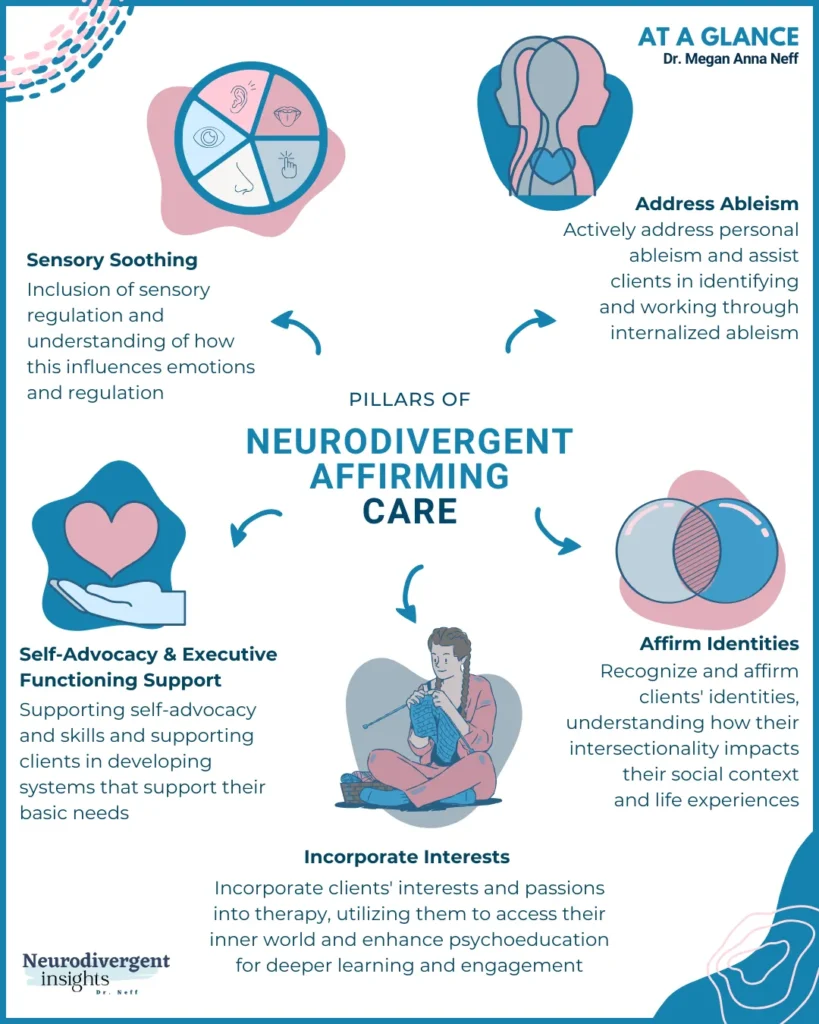
Integrating Sensory Safety Measures: It’s important to help the client learn about and begin to understand their sensory needs. You can utilize sensory assessments, sensory self-tracking, checklists, and sensory mindfulness practices to help the client. Learning about their sensory profile helps them learn sensory regulation. You can also collaborate with an OT to develop a sensory diet.
Creating a Transparent Therapeutic Frame: It’s also important to provide an open atmosphere for questions about the therapeutic process and expectations by helping to provide accurate expectations about what therapy will look like at all stages.
Aligning with Clients’ Goals: It’s imperative for therapists to closely listen to and understand the client’s goals for therapy, rather than imposing their own expectations or assumptions about what those goals should be. This consideration is especially crucial given the historical tendency for therapeutic objectives to skew towards making individuals appear more neurotypical.
Respecting Language and Identities: Awareness and respect for the client’s chosen identities and language preferences demonstrates respect.
Thoughtful Self-Disclosure: Understanding the context of the therapist can be really important for some neurodivergent individuals. Selective self-disclosure can assist in building this understanding and feelings of psychological safety.
Intersectional Approach: An intersectional approach acknowledges and addresses the complex ways in which neurodivergence intersects with other core identities such as race, gender, and sexuality, and recognizes the compounding stressors and experiences at these intersections.
Alternative Communication Methods: Recognizing the diverse ways in which neurodivergent individuals express themselves is crucial, with many finding non-verbal modes like writing, music, and art more conducive to sharing their experiences. Encouraging a variety of communication forms and anticipating detailed intake forms are helpful practices. To further explore emotions, therapists might incorporate emotional prompts, such as inviting clients to share a song, piece of art, poem, or essay that resonates with their inner feelings.
Flexibility in Techniques: Adapting therapy techniques and modalities to fit neurodivergent brains requires an intentional flexibility in chosen techniques. Whether through incorporating more visual aids in therapy or offering sessions that blend mindfulness practices with discussion, it’s also helpful to remember that some therapeutic modalities work better than others for many neurodivergent clients. CBT can be difficult for many Autistic and ADHD clients; whereas approaches like Internal Family Systems (IFS), psychoeducation, and third-wave CBT methods such as Acceptance and Commitment Therapy (ACT) and Dialectical Behavior Therapy (DBT) often yield more positive outcomes. Keeping in mind the great diversity within neurodivergent clients means that no one modality works well for everyone.
Treatment Planning for Neurodivergent Individuals
Often neurodivergent individuals have different challenges than their neurotypical peers. It’s important to be aware of those challenges when considering treatment planning. This might necessitate additional training or developing a robust referral network to provide comprehensive support.
Key things to be aware of and have an eye out for in treatment planning include:
Executive Functioning: Support clients in identifying areas of executive functioning difficulty and develop strategies or systems to address these challenges. Referrals to specialists like ADHD or Executive Functioning Coaches may be beneficial.
Co-Occurring Mental Health Conditions: Maintaining an awareness of the mental health conditions that often co-occur with neurodivergence such as anxiety, depression, OCD, and PTSD helps support clients in managing these issues.
Substance Abuse: Recognize the increased vulnerability to alcohol and substance abuse within the neurodivergent community and be prepared to address or refer as necessary.
Proactive Suicide Prevention: Given the higher risk of suicide attempts or completion in the neurodivergent population, proactive measures and support are essential.
Burnout Prevention: Work with the client to learn what burnout feels like and what activities/lifestyle choices make it more likely to occur. Help the client learn to recognize how to prevent and recover from burnout. This will be specific to each individual.
Key Tasks in Neurodivergent Affirming Therapy
These are tasks that commonly arise in the aftermath of a later in life diagnosis:
Addressing Shame Around Neurodivergent Traits: Assist clients to overcome internalized ableism and learn to see their neurodivergent traits through an affirming lens, acknowledging both their challenges and strengths.
Identify Integration: Neurodivergent-affirming therapy frequently includes the integration of a newly recognized neurodivergent identity following diagnosis or self-identification. This process may also prompt individuals to re-examine other aspects of their identity—such as gender, sexuality, religion, and occupation—through this new neurodivergent lens.
Identity integration is a multifaceted process that can encompass elements of grief work; clients may grieve the lost time spent without this understanding or mourn the limitations they now recognize as inherent to their neurology. Acknowledging and supporting this complex emotional journey is vital in affirming the holistic experience of neurodivergent individuals.
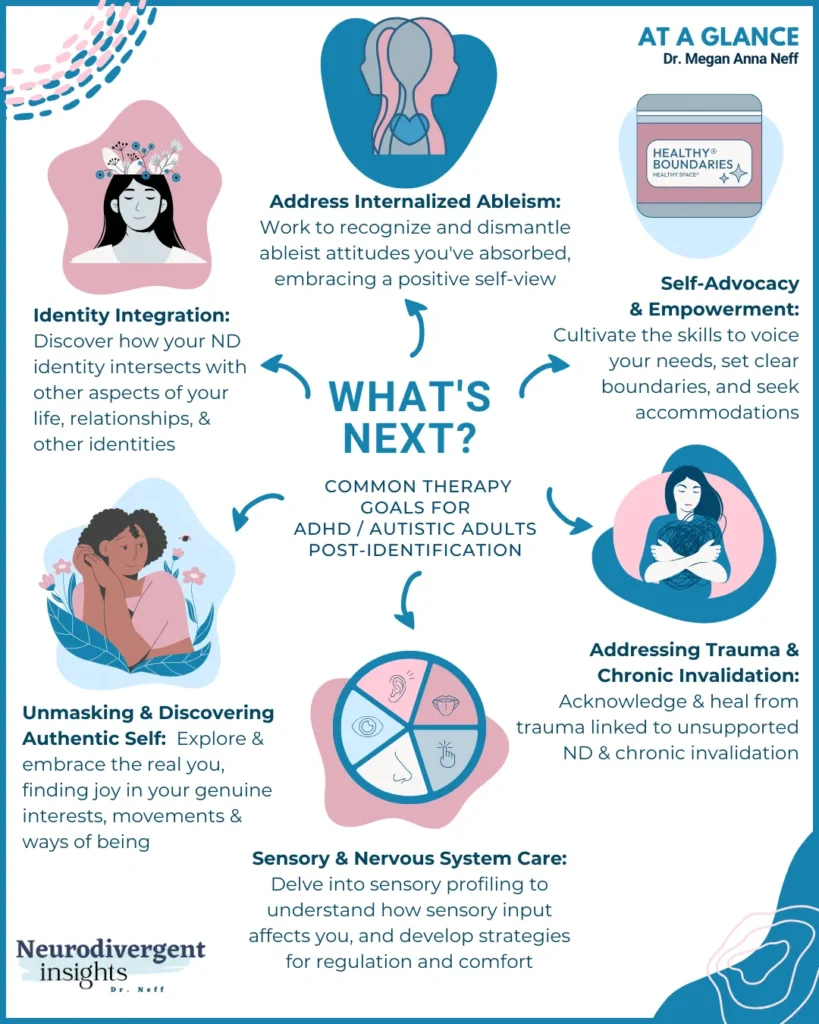
Unmasking: Unmasking, closely tied to identity integration, typically involves playful exploration, reconnecting with aspects of one’s childhood self, and uncovering genuine likes and preferences. It’s important to recognize that unmasking in public settings may not always be safe or feasible for every neurodivergent client. While the aim of unmasking might not be public expression for all individuals, embracing one’s authentic self in private settings—a process I refer to as “private unmasking”—is a valuable objective for all clients, facilitating a deeper understanding and acceptance of their true identity.
Self-Advocacy and Boundaries: Neurodivergent people are at higher risk for being victimized by the people around them. In the aftermath of a diagnosis many are learning self-advocacy and healthy boundaries for the first time. It’s important to teach clients how to recognize, express, and assert their own needs and boundaries. Helping them learn to create lives that accommodate their neurodivergent selves involves learning how to advocate for themselves and set the boundaries that keep them safe.
Nervous System Regulation: Neurodivergent clients have more sensitive nervous systems. Provide education about what this means and teach bottom-up strategies to help the client learn to regulate their nervous system.
Alexithymia, Interoception, and Emotional Regulation: Support the client in recognizing the difference in experiencing emotions due to alexithymia and interoception involvement. This is the first step in helping them understand and process emotions in a way that resonates with their neurodivergent experiences.
Addressing Traumatic Invalidation: Being aware of and addressing how the traumatic invalidation that many neurodivergent people experience has shaped their perception of themselves and their behavior is often foundational before doing deeper trauma work.
Social Interactions: Assist clients in refining their skills for navigating social situations while preserving their unique communication and social styles. Guide them in distinguishing between positive and negative relationship dynamics, identifying both “green flags” and “red flags.” Educate them about the double-empathy problem and how to cultivate connections that resonate with their personal experiences. Emphasizing the importance of establishing boundaries and ensuring personal safety are often crucial elements of this process.
Cultivate a Sensory Lens: Sensory regulation is indispensable for managing emotions, executive functions, and maintaining focus. Overlooking the sensory needs of clients can significantly impede therapeutic progress as can traditional therapeutic approaches that concentrate solely on emotional regulation without tackling the root issue of sensory dysregulation. Neglecting sensory concerns might also lead to their misclassification as solely emotional or psychological issues, resulting in misunderstandings and ineffective interventions.
- Developing a Sensory Lens: Understanding the profound impact of sensory input on an individual’s daily life, including emotions, thoughts, and behaviors, is essential. This process, which I refer to as “cultivating a sensory lens,” involves both the therapist enhancing their own perception of sensory influences and assisting clients in making connections between sensory experiences and their emotional and behavioral responses. Cultivating this sensory awareness can illuminate the links between sensory overwhelm and subsequent emotions, thoughts, and actions, and foster deeper understanding and greater emotional agency for the client.
- One Final Note About Sensory Regulation: Therapists should be aware of how interoception awareness can impact pain scales, recognizing that individuals, particularly those who are Autistic, may experience pain and other sensations uniquely, which significantly influences how they advocate with medical doctors and access their medical care.
Embracing Neurodiversity: Towards a Future of Affirmative Therapy
This article has highlighted the essential shift towards neurodivergent-affirming therapy, advocating for a therapeutic approach that embraces neurological diversity as a natural and valuable aspect of human variation. Central to this approach is the creation of therapeutic spaces that not only accommodate but celebrate the needs and identities of neurodivergent individuals, from easing appointment logistics to adapting sensory environments.
Underpinning neurodivergent-affirming therapy is a set of core beliefs that challenge traditional views of neurodivergence as a deficit, instead promoting a perspective of neurodivergence as an inherent part of identity. This framework encourages therapists to confront ableism, validate self-diagnosis, and employ strategies that affirm neurodivergent identities, such as integrating sensory safety measures and fostering an environment of psychological safety through respectful communication and thoughtful self-disclosure.
Post-identification therapy focuses on empowering clients to address internalized shame, integrate their neurodivergent identity with other aspects of their lives, and develop essential skills like self-advocacy and social navigation. Cultivating a sensory lens becomes a crucial task, enhancing emotional and executive function regulation by acknowledging the profound impact of sensory input.
By embracing these principles, therapists not only challenge existing norms but also pave the way for meaningful healing and self-discovery. This neurodivergent-affirming approach ensures that therapy is a journey towards accepting one’s authentic self, enabling neurodivergent individuals to thrive and contribute to the diversity of human experience.
Future Learning
Explore our masterclasses on a variety of pertinent topics, including PDA, Autistic Anxiety, Neuroqueer identities, alexithymia and more.
Cascadia regularly offers a comprehensive training in neurodivergent affirming practices, with Continuing Education (CE) credits available for participants. This program is an excellent opportunity to deepen your understanding and skills in this area.
“Challenging Myths about Autism – What Assessors and Therapists Need to Know: Lessons from the Neurodiversity Movement,” led by Joel Schwartz, with CE credits available.
Kelly Mahler offers several trainings about neuro-affirming care and the importance of interoception.
For those seeking a supportive community of neurodivergent-affirming clinicians, consider joining my clinical membership. This membership grants access to an extensive library of resources, including over 20 digital workbooks, masterclasses, and workshops. Additionally, members can connect with a vibrant neurodivergent community and participate in monthly calls for clinicians. While neurotypical clinicians are welcome, it’s noteworthy that they will find themselves in a neuro-minority within our community, offering a unique perspective and learning opportunity.
*Regarding the recognition of self-diagnosis, my stance leans towards the affirmation of self-identification as the initial and prevailing approach. In most instances, individuals who self-identify as neurodivergent have come to this conclusion following considerable personal research and reflection, indicating a high likelihood of accurate self-identification. Nonetheless, maintaining a clinical perspective remains crucial. There are circumstances where an individual might resonate with the experiences of the Autistic community due to overlapping symptoms with other conditions, such as bipolar disorder, social anxiety, or borderline personality disorder (BPD). It’s also not uncommon for someone to be both Autistic and have another condition, where the identification with autism might dominate their perception to the extent that other significant conditions are overshadowed. In these scenarios, it’s vital to approach the individual’s self-identification with an open, inquisitive mindset, aiming to fully understand what this self-recognition signifies for them, while also persisting with a clinical evaluation to explore the possibility of other diagnoses or co-occurring conditions.
References and Appreciations
Dr. Joel Schwartz holds the distinction of being the pioneer in applying the term “neurodivergent affirming” within clinical settings. As the initial expert I consulted during the development of my own neurodivergent-affirming practice, I owe a great deal of gratitude to Dr. Schwartz. His groundbreaking work has significantly contributed to the expansion and ongoing evolution of this crucial field. You can hear him talk about neurodivergent-affirming practice in this podcast.

